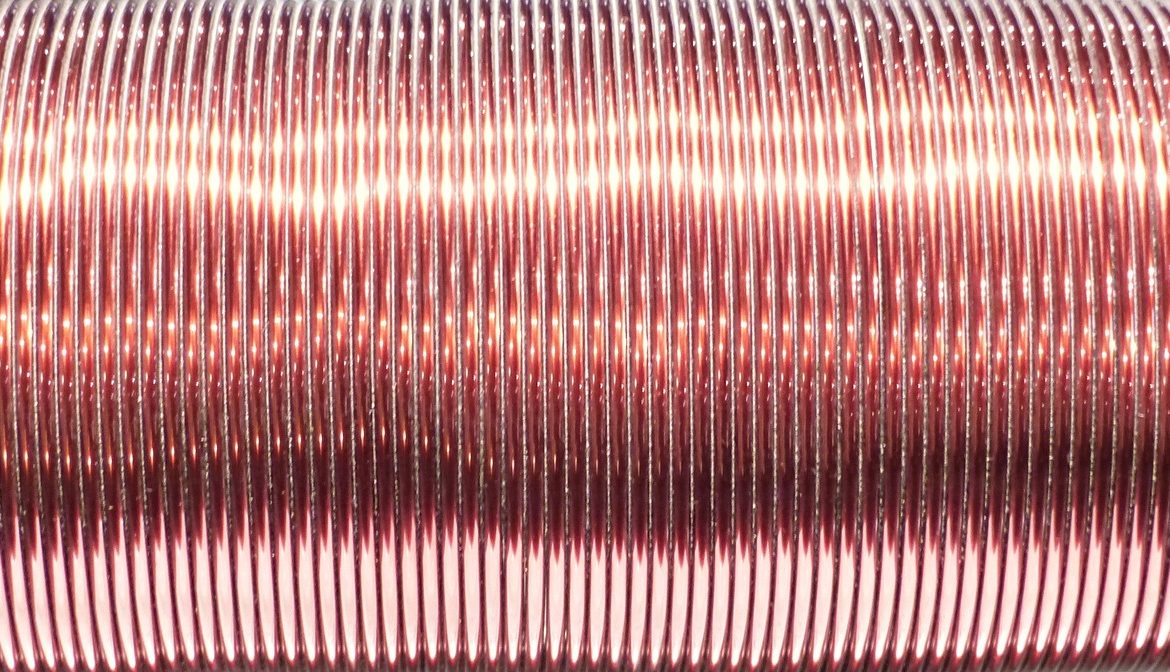T
he all-electronic structure of solid state relays endows them with considerable advantages in relation to electro-mechanical relays.
What are the basic technical differences between an SSR and an EMR?
- Operating Mode
An electro-mechanical relay can only switch a load in asynchronous mode: the output contact switchover is controlled solely by the control signal without any particular relationship in time with the power signal. In a solid state relay, switching can be synchronised with the output signal.
- Special Precautions and Output Circuit Protection
The all-electronic structure of the solid state relay usually requires that some special implementation precautions be taken in addition to using protection “systems” on the power output circuit. These measures include in particular:
a) Measures which can be implemented independently of the type of load connected to the relay, and as a result, will often be incorporated directly in the relay housing by the manufacturer. These involve mainly protection against the phenomena which may occur on the main AC supply.
b) Measures to be determined depending on the characteristics of the load and of the external circuit, the latter of which can only be fully defined or optimised by the user himself. (i.e. Protection against short circuits on the load using a fuse or in certain cases a circuit breaker).
Special attention shall also be paid to complying with standard industry practices when wiring the power circuit; in particular by adapting the cross section of the wires to the rated current for the load and to the characteristics of the device protecting against overcurrent.
